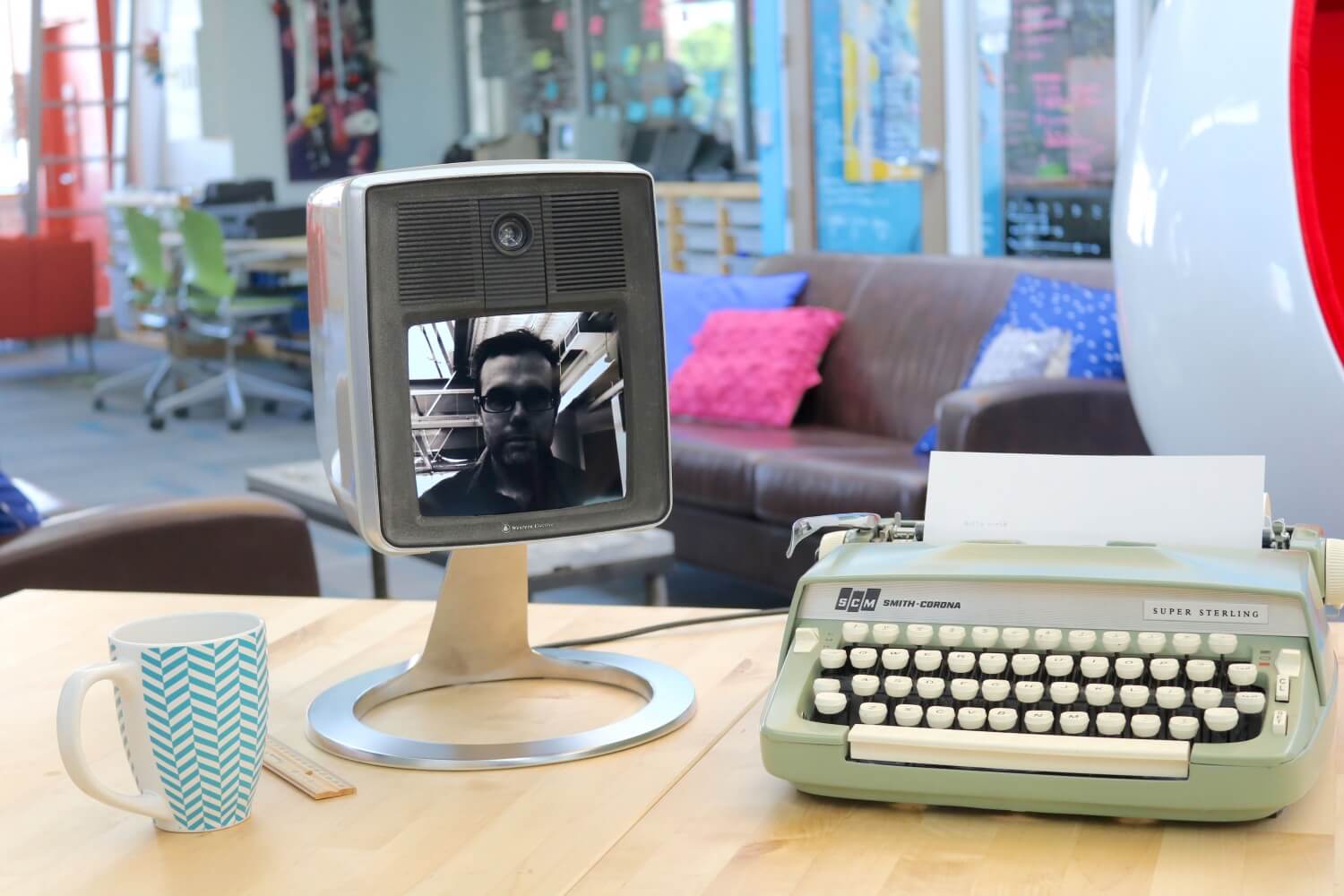The big picture: For many, their first experience with video calling likely took place on a computer using a webcam, either one built into a laptop or a standalone unit attached to a desktop. Even still, video calling wasn't considered mainstream until it started to become standard fare on smartphones. One of the earliest examples of a successful, large-scale rollout was on the iPhone 4 which was introduced in mid-2010.
It was 50 years ago to the day that the first commercial video conferencing call took place. Just half a century later, video calling via smartphones is utilized by millions of people on a daily basis.
On June 30, 1970, Alcoa CEO John Harper and Pittsburgh Mayor Peter Flaherty took part in the first commercial video conference call using AT&T's new Picturephone Mod II. A day later, the subscription-based service officially launched at eight companies in the Pittsburgh area. New York City was to serve as the other launch city but network deficiencies meant the city had to withdraw, leaving Pittsburgh as the lone launch city.
As you can imagine, operating a video conferencing service in 1970 wasn't cheap. In addition to the $150 installation cost, customers were billed $160 per month (around $1,057 in 2020 dollars) for 30 minutes of video calling. Anything over the allotted half hour would be billed at $0.25 per minute (roughly $1.60 today).
This wasn't the world's first video call, mind you - that happened way back in the 1920s through public phone booths that could be reserved for use.
Unsurprisingly, the Picturephone Mod II wasn't an overwhelming success due to its high cost and low adoption.
Video calling systems evolved slowly over the next few decades and didn't really gain much traction until the last 15-20 years.
Nowadays, virtually every smartphone comes equipped with a front-facing camera for video calls, either over Wi-Fi or cellular networks.
Masthead credit: Chris Harrison
